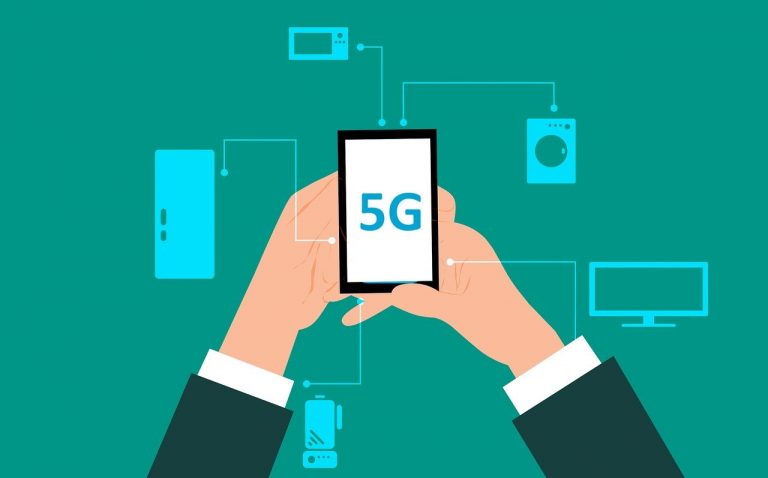5G has started to appear around the world, promising faster connections, better communication and more reliable connectivity but how does it work?

As the name suggests, 5G is the 5th generation of evolving mobile networks. It can work in conjunction with 4G networks, providing faster speed, greater capacity and better server response time. First released in 2019 with limited capacity, 5G is expected to be widespread by 2025.
How does 5G work
While most of today’s 5G networks work together with 4G, it uses different components of the ‘Radio Access Network’ and the ‘Core Network’. By using multiple input and multiple output antennas, it can simultaneously receive a lot more data.
With a range of macro cells, small cells, and in-building systems; 5G can deliver much faster and better connectivity.
However, to enjoy its benefits, you would also need 5G-enabled devices such as smartphones, tablets, routers, computers, etc.
Benefits of 5G Networks
As we move towards the world of Internet of Things (IoT), where technology starts to communicate and support itself without human interaction, we need faster and more reliable data connections. 5G is designed and developed to meet these demands for many aspects of our lives. The key benefits of 5G are:
Machine to Machine Communication: 5G has the ability to connect billions of devices without any human interactions. This essentially paves the ways for fully automated industrial, economical, and agricultural processes.
Massively Reliable Communication: With very low server response time, 5G can enable the smooth operation of a plethora of modern technologies. This includes autonomous driving, industrial robotics, remote medical care, smarter transport networks, etc.
Enhanced Mobile Connectivity: By providing powerful wireless connectivity, 5G networks are poised to give rise to more advanced personal uses such as mobile gaming, online streaming, virtual reality experiences, etc.
In theory, 5G is the fuel that will fulfil our ‘dreams’ of smart homes, smart cities, and smart industries by automatically connecting millions of devices, creating a truly virtual world.
Nevertheless, 5G has not been met with total excitement. Many are protesting over the potential implications on our lives with increased dependence on technology. It has also been met with people protesting over the potentially harmful electromagnetic fields created by 5G. However, after a 2019 study, the Institute of Electrical and Electronics Engineers Standards Association found no correlation between harfmul effects and increased exposure to 5G’s magnetic fields.





Leave a Reply